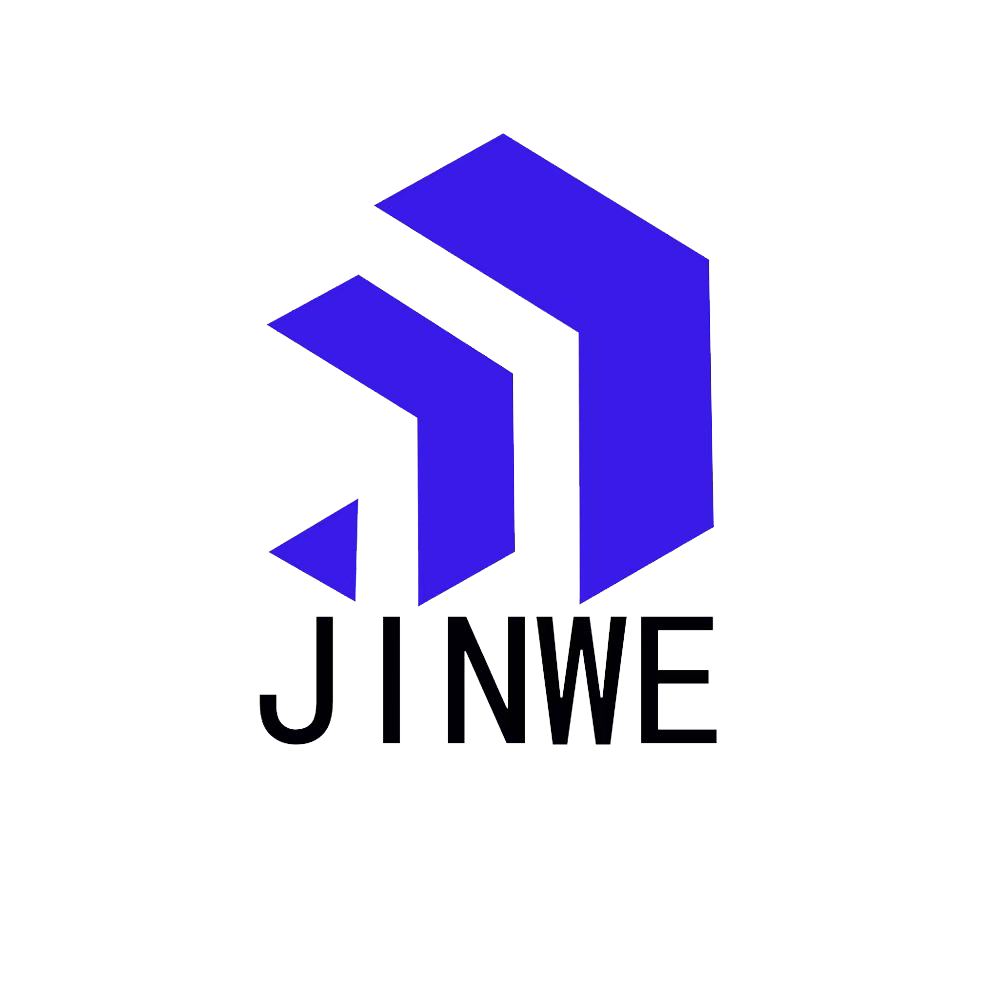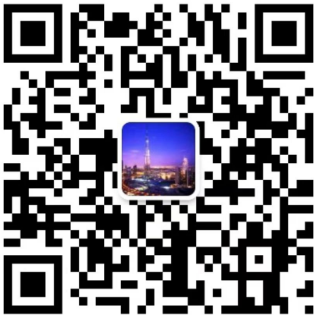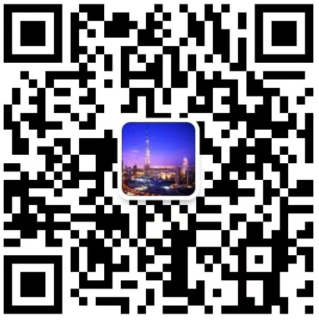
-
Home
- About Us
- Product
- News
- Application
Issures need to notice during building network of LoraWan pressure sensors or ultrasonic sensors
2025-03-12We need to pay attention to the following key issues in the networking of LoRaWAN pressure sensors and LoraWan ultrasonic sensors, and analyze them in detail:
1. Frequency band and protocol compatibility
Regional protocol matching: Sensors need to select the corresponding LoRaWAN protocol (such as CN470, EU868, US915, etc.) based on the deployment region to ensure consistency with the frequency band of the gateway. For example, CN470 (470~510MHz) is commonly used in the China region.
Spread spectrum factor and bandwidth optimization: Different spread spectrum factors (SF6~SF12) affect transmission distance and rate. High spreading factors (such as SF12) are suitable for long distances but have low rates, and need to be adjusted according to scene requirements. The selection of bandwidth (such as 125kHz) requires a balance between speed and sensitivity.
2. Gateway deployment and network architecture
Coverage range and multi gateway collaboration: The coverage range of a single gateway is usually 2-5 kilometers (urban areas) or further (suburban areas), but it needs to be expanded through multi gateway networking. Wide area network networking requires the use of MQTT servers to achieve cross regional communication.
Installation method and environmental protection: The outdoor gateway needs to be lightning proof and waterproof (IP66 or higher), and it is recommended to install it on a pole or wall to avoid metal blocking the signal. At the same time, attention should be paid to the antenna direction and elevation to ensure optimal signal coverage.
3. Server configuration and device networking
Server compatibility: When using an open source server (such as ChirpStack), it is necessary to configure the correct region parameters (such as' cn470-0 '), gateway ID, and device EUI to ensure that sensor data can be correctly accessed.
Device activation method: Supports OTAA (over the air activation) and ABP (manual activation), requires pre configured keys (AppKey, DevEUI, etc.) on the server side, and ensures that the sensor and server keys are consistent.
4. Power management and power consumption control
Battery life optimization: The theoretical lifespan of the sensor's built-in lithium-ion battery (such as 19Ah) can reach 5-8 years, but it needs to be adjusted according to the sampling interval (1-240 seconds) and reporting frequency (1-240 minutes). For example, default 5-second sampling+10 minute reporting can support more than 8 years.
Low power mode configuration: LoRaWAN supports three modes: Class A/B/C. Class A (bidirectional communication, minimum power consumption) is suitable for most pressure monitoring scenarios, while Class C (continuous monitoring) is suitable for scenarios with high real-time requirements.
5. Physical installation and sensor protection
Installation flatness and sealing: The sensor base should be installed horizontally to avoid uneven force affecting accuracy; Sealing treatment of the shell (IP66 protection), unauthorized disassembly or exposure to highly corrosive environments is prohibited.
Anti interference measures: Keep away from strong electrical equipment or welding operations. Cables should be shielded or threaded through iron pipes to prevent electromagnetic interference from causing data abnormalities.
6. Network Security and Data Encryption
AES128 encryption: The sensor supports AES128 encryption by default, and the same key needs to be configured on the server side to prevent data from being intercepted or tampered with.
Gateway authentication: When the gateway connects to the server, EUI and key authentication are required to prevent unauthorized devices from accessing the network.
7. Maintenance and troubleshooting
Log monitoring: Real time monitoring of device status through server logs (such as ChirpStack's' Journalctl ') to quickly locate disconnection or data anomalies.
Regular calibration: Pressure sensors need to be calibrated regularly (such as once a year) to ensure long-term stability (± 0.25% Span). Ultrasonic sensors are not needed.
The networking of LoRaWAN pressure sensors and ultrasonic sensors requires comprehensive consideration of various factors such as protocol adaptation, gateway deployment, power consumption control, physical installation, and network security. In practical applications, it is recommended to refer to the device manual for parameter configuration and use server tools (such as ChirpStack) to optimize network management. When encountering complex scenarios, multi gateway networking and dynamic adjustment of spreading factors can be combined to balance coverage range and network capacity.
Links:
-
About us
-
Products
-
News
-
Contact us
Postcode:518100
Tel:0086 13923792185
Whatsapp: +8613923792185
Email:robert@micmetering.com
Address: Floor 6, Zone A, Building B, Qinghu Science Park, Longhua, Shenzhen, China
Copyright © 2024 MIC Metering (Shenzhen) Limited-
Hotline
Hotline
0086 13923792185
-
WeChat

-
Back to Top
- About Us

